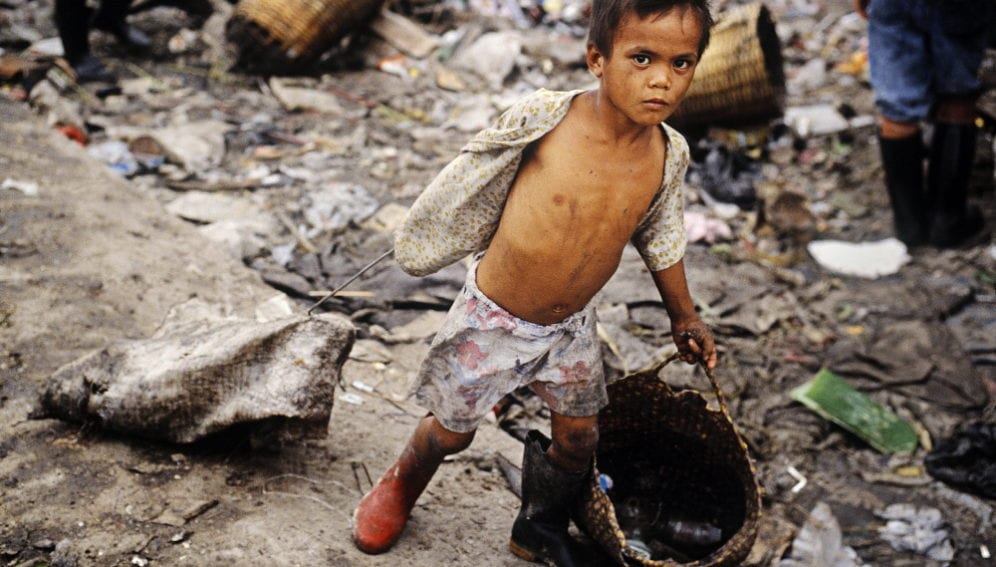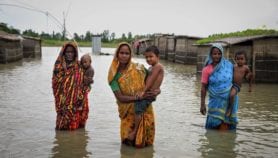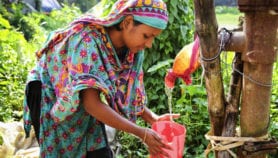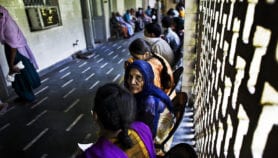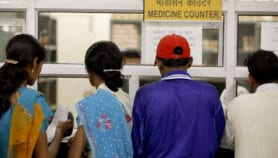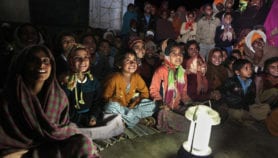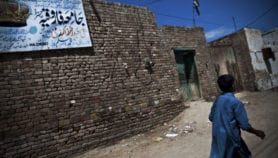By: Gilbert Felongco
Send to a friend
The details you provide on this page will not be used to send unsolicited email, and will not be sold to a 3rd party. See privacy policy.
[MANILA] While South-East Asia and the island countries in the Pacific show progress towards achieving the Millennium Development Goals, their records still fall short in a number of targets aimed at improving the lives of millions of people in the regions, according to the UN’s new 2014 MDGs report.
The report, launched by UN secretary-general Ban Ki-moon last 7 July in New York, presents the latest assessment of country and regional progress on the eight goals set by the UN for addressing poverty and hunger; universal primary education; gender equality; child mortality; maternal mortality; HIV/AIDS, malaria and other diseases; environmental sustainability, and global partnership.
South-East Asia and the Pacific states scored high in providing universal primary schooling although high dropout rates still pose a major stumbling block. As in most of the world, gender equality and empowerment of women made significant gains in both regions as well as reducing child mortality and improving maternal health, and in combating transmissible diseases such as HIV/AIDS and malaria. But tuberculosis remains high among countries in the West Pacific while the Philippines is among the few countries in the world with increasing incidence of HIV.
On the priority goal of reducing by half the proportion of people living in extreme poverty (originally set as those with daily income of less than $1, but was raised to $1.25 a day in 2008 on account of higher price levels in many developing nations), South-East Asia received a “moderate” grade (14 per cent) while the Pacific island countries scored “very high”.
Conditions in the region’s slums, says Yongyi Min, a statistician at the UN Statistical Planning and Development Section, have shown significant improvements.
“The proportion of slum dwellers in South-East Asia dropped from 50 per cent in 1990 to 40 per cent in 2000, and further to 31 per cent in 2012. Indonesia reduced the share of urban slum population by more than half from 1990 to 2009,” she tells SciDev.Net.
However, Jet Pacapac of the Manila-based NGO umbrella, the Caucus of Development NGO Networks (CODE NGO), tells SciDev.Net the presence of slums would remain in most countries in South-East Asia and the Pacific sates unless other basic issues such as unemployment are addressed.
“Issues such as hunger, education, sanitation and the presence of slums are interrelated and, unless there are jobs, these issues would be difficult to address,” he says.
“Although South-East Asia and the Pacific island countries have relatively high employment-to-population ratio, they have high proportions of workers in vulnerable employment (59 per cent and 73 per cent, respectively), which signifies widespread informal working arrangements,” says Yongyi.
Link to The Millennium Development Goals Report
This article has been produced by SciDev.Net's South-East Asia & Pacific desk.


